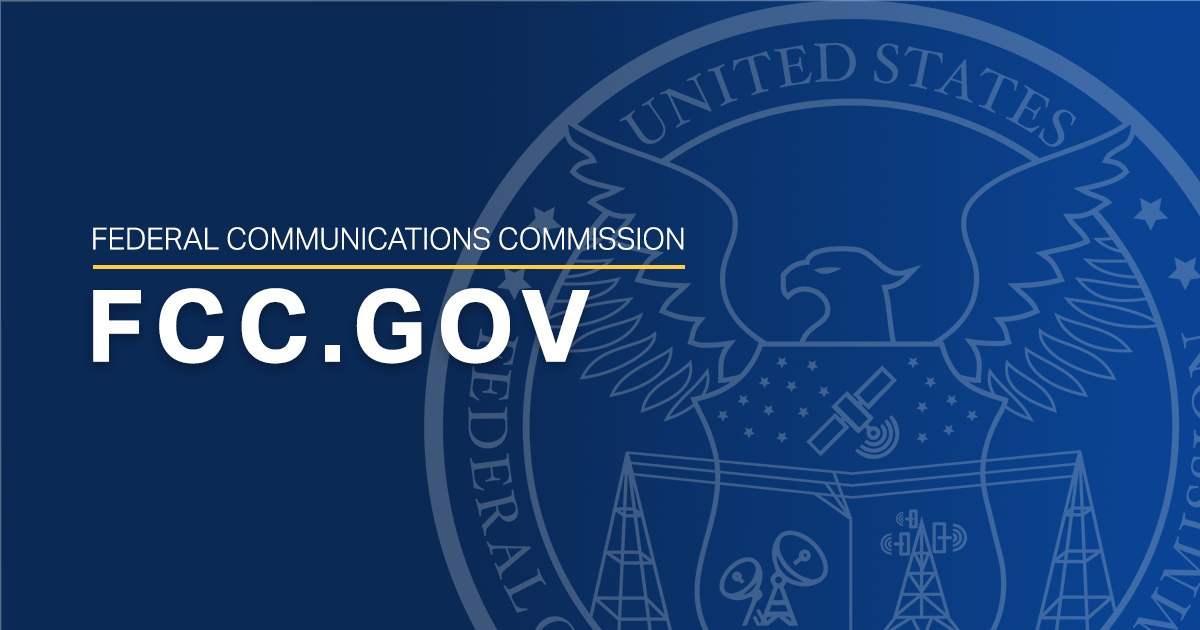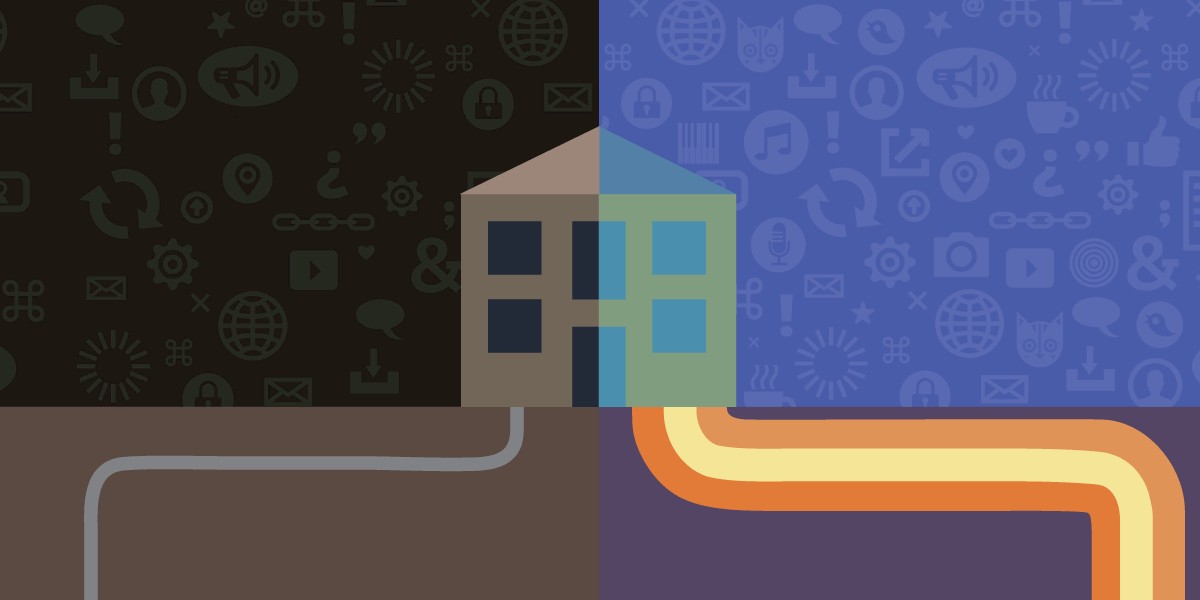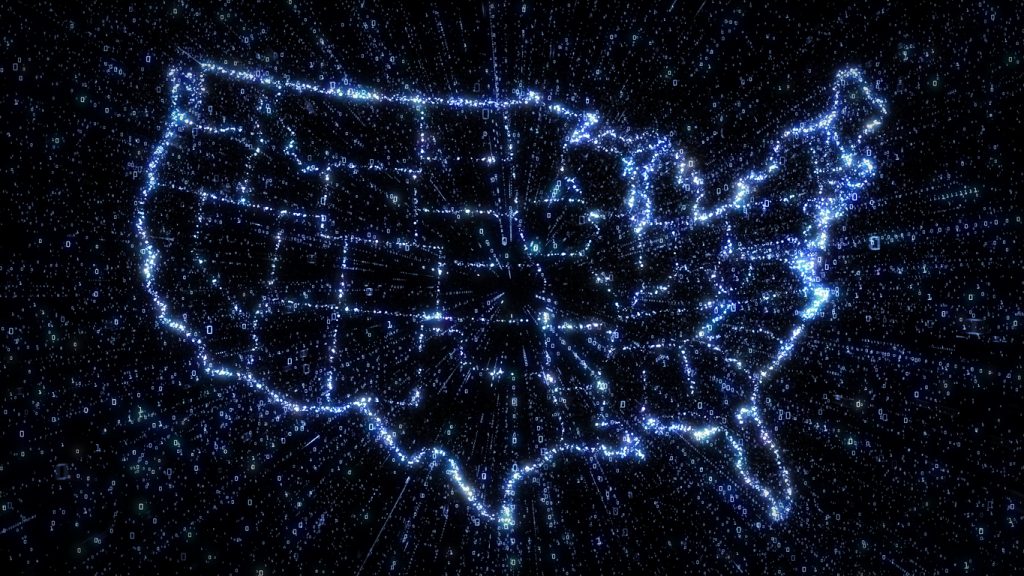Bruce
Bender and Chloe, the real Members of the Year
Original poster
Supporting Founder
Lifetime Supporter
- Nov 29, 2003
- 17,657
- 23,171
Here is a good reason why streaming is gaining so much-
New consumer research from Leichtman Research Group, Inc. (LRG) found that 90% of U.S. households get an Internet service at home, compared to 84% in 2017, and 74% in 2007. Broadband accounts for 99% of households with an Internet service at home, and 89% of all households get a broadband Internet service – an increase from 82% in 2017, and 53% in 2007.
So that means out of 129 Million Households, almost 115 Million have Broadband fast enough for streaming, that mean only about 14 Million cannot.
This is good since one of the big arguments against streaming is so many do not have a fast enough connection, if the rate of expansion continues at the same pace, we should hit 95% quite soon, anyone left then, the homes that are too far away, can get service via Star Link.
If Broadband is this available to homes, that means businesses also, they need to start upgrading.
 www.leichtmanresearch.com
www.leichtmanresearch.com
New consumer research from Leichtman Research Group, Inc. (LRG) found that 90% of U.S. households get an Internet service at home, compared to 84% in 2017, and 74% in 2007. Broadband accounts for 99% of households with an Internet service at home, and 89% of all households get a broadband Internet service – an increase from 82% in 2017, and 53% in 2007.
So that means out of 129 Million Households, almost 115 Million have Broadband fast enough for streaming, that mean only about 14 Million cannot.
This is good since one of the big arguments against streaming is so many do not have a fast enough connection, if the rate of expansion continues at the same pace, we should hit 95% quite soon, anyone left then, the homes that are too far away, can get service via Star Link.
If Broadband is this available to homes, that means businesses also, they need to start upgrading.
90% of U.S. Households Get an Internet Service at Home - Leichtman Research Group
Durham, NH – December 22, 2022 – New consumer research from Leichtman Research Group, Inc. (LRG) found that 90% of U.S. households get an Internet service at home, compared to 84% in 2017, and 74% in 2007. Broadband accounts for 99% of households with an Internet service at home, and 89% of all...






:max_bytes(150000):strip_icc()/GettyImages-157617773-5bda560ac9e77c0026d10cd3.jpg)